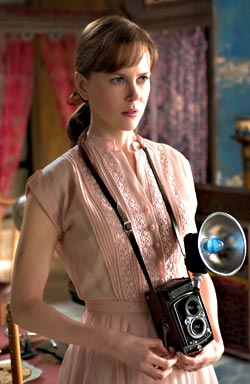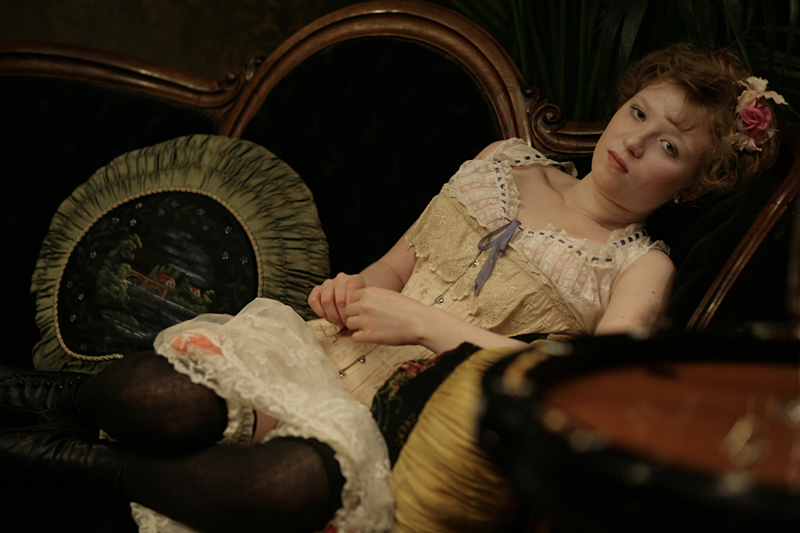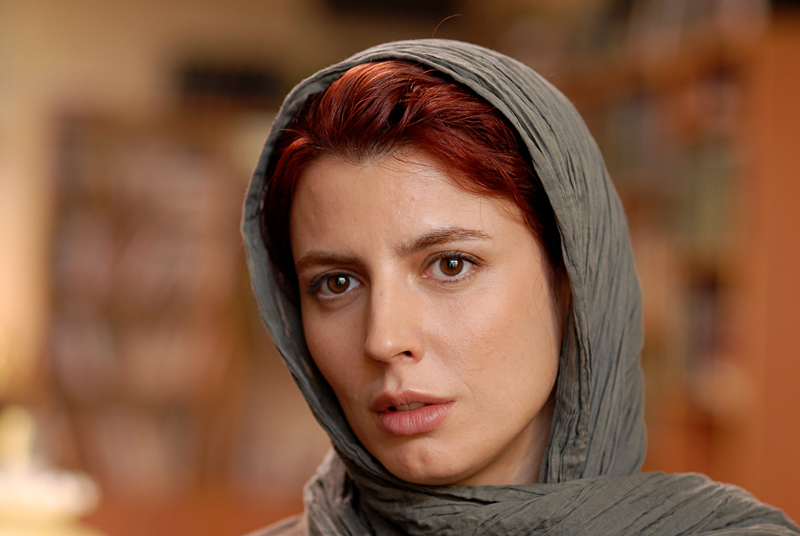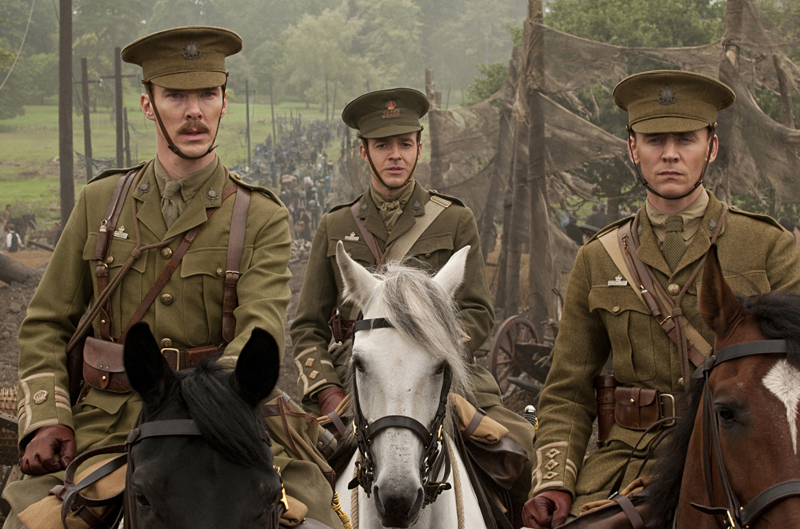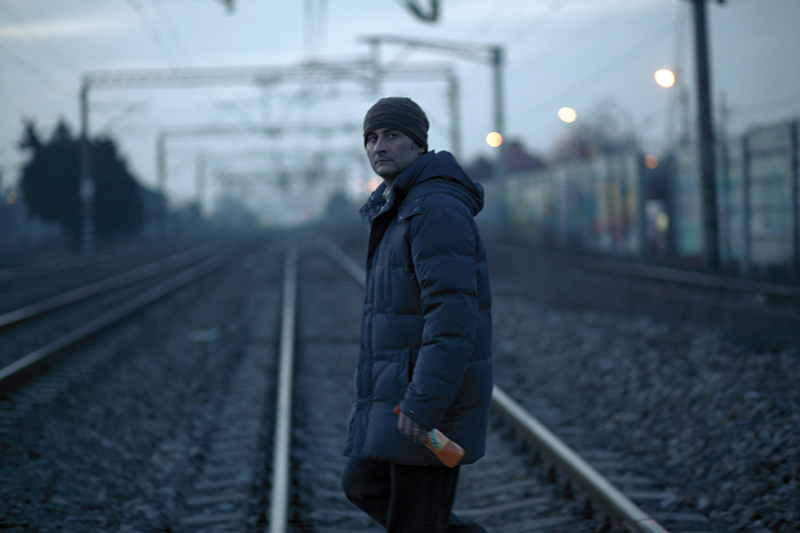Do artists actually see more than ordinary people? That’s what my high-school art teacher thought. So, apparently, does Nicole Kidman—or at least that’s the way she plays Diane Arbus (1923–71) in the celebrated photographer’s exceedingly curious “imaginary portrait.” Kidman acted around a prosthetic proboscis to win an Oscar for her impersonation of Virginia Woolf in The Hours; as Arbus, she’s all eyes. Menacingly demure, she stares down the camera as though miming the X-ray vision of the photographer’s gaze.
Hardly a straight biopic, Fur seeks to explicate the three-month period in 1958 when Arbus ceased to be a studio assistant for her husband (Ty Burrell) and became a photographer in her own right. Director Steven Shainberg (Secretary) and writer Erin Cressida Wilson invent all manner of characters and situations for this transformation: When Diane flees a fashion show to the fire escape, she spots a mysterious masked man on the street and attracts his attention by unbuttoning her bodice. From there, the movie enters the world of metaphor by way of Alice in Wonderland and Jean Cocteau. Plumbing clogged with a tangle of animal hair leads Diane to circus freak Lionel (Robert Downey Jr.), as adorably hirsute as a wookie, who provides her entrée to a warm and cuddly sideshow underworld.
“Most people go through life dreading they’ll have a traumatic experience,” the real Arbus famously said. “Freaks were born with their traumas. . . . They’re aristocrats.” Fur takes this as the basis for a fairy-tale Beauty and the Beast. Labored magic realism aside, the movie closely resembles Secretary, where Maggie Gyllenhaal and James Spader’s waltz of mutual S&M disinhibition whipped a potentially grotesque case history into a romantic love story. Fur uses a similar tale of successfully sublimated masochism to dramatize Arbus’ artistic awakening. In this case, though, the scenario is both foolishly allegorical and painfully literal-minded.
But Fur isn’t really about Diane Arbus. The photographer suggested that the camera gave her permission to transgress. Kidman’s choice of roles follows the same logic, without the same success. You won’t learn much about Arbus, aside from the correct pronunciation of her first name; you will get to see Kidman try (and fail) to find her inner freak. J. HOBERMAN
